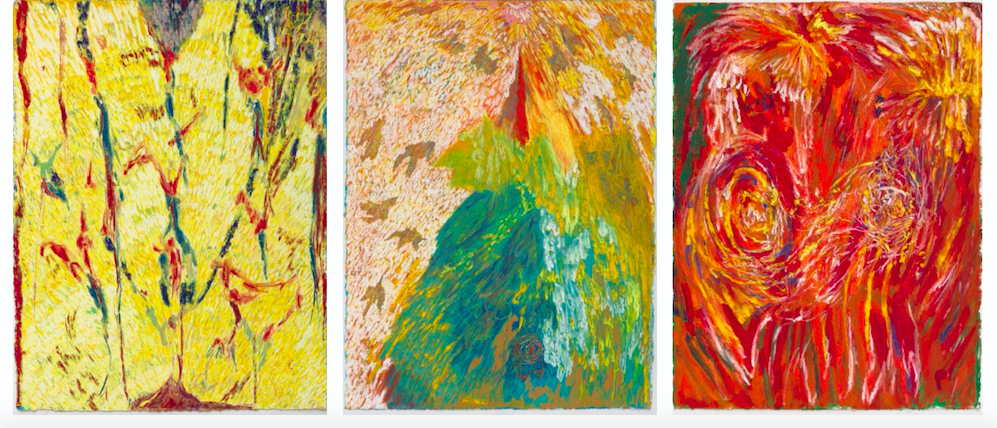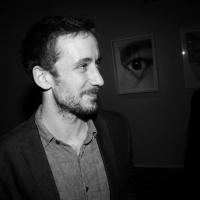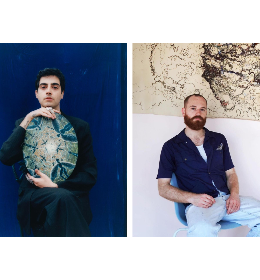Ninety galleries hailing from 16 countries flocked to Texas from April 7 to 9, with 30 first-time participants including big names such as Gagosian, Lehmann Maupin, Skarstedt and Simon Lee Gallery. Fresh interest possibly encouraged by the second edition of the “Dallas Art Fair Foundation Acquisition Program”, endowed with $100,000 and whereby the Dallas Museum of Art (DMA) will select works from participating galleries to enrich its permanent collection. This year saw Justin Adian enter into the collection, represented by Skarstedt.
The fair may have proved its ability to attract several of the world’s biggest galleries, but interestingly Dallas Art Fair has also managed to position itself within the highly competitive market of the trendiest art fairs. Such a transformation is likely thanks to the appointment of Kelly Cornell as director of the fair; the former intern was given the leading role in 2016. It must be noted that this is nonetheless a Dallas brand of trendy with its geographical position in republican heartland. Politically-engaged artworks must be carefully considered. “Recently we have been exploring smaller, more intimate gallery driven events such as Condo and Paris Internationale,” says Finola Jones, director of the Dublin-based gallery mother’s tankstation. “We have found these smaller ‘fairs’ more collegiate and very rewarding, and considered that the Dallas fair could have a similar atmosphere.” The regional focus “celebrates a local scene, over global integration,” she says.

Jessica Silverman's booth
“The arts community is particular strong,” agrees Jessica Silverman, participating in the fair for the 5th time this year. “There are so many great private collections.” It would seem that all the ingredients are there, however the challenge now remains for directors to maintain this unique identity. “We came here to engage with something different, something with its own special ethos at the moment,” says Jones. “If The Dallas Art Fair emerges more as a new centre of US artworld consensus, then perhaps it might essentially detract from what currently makes it special. It is the way things happen.”

Mimi Lauter — Shane Campbell Gallery









